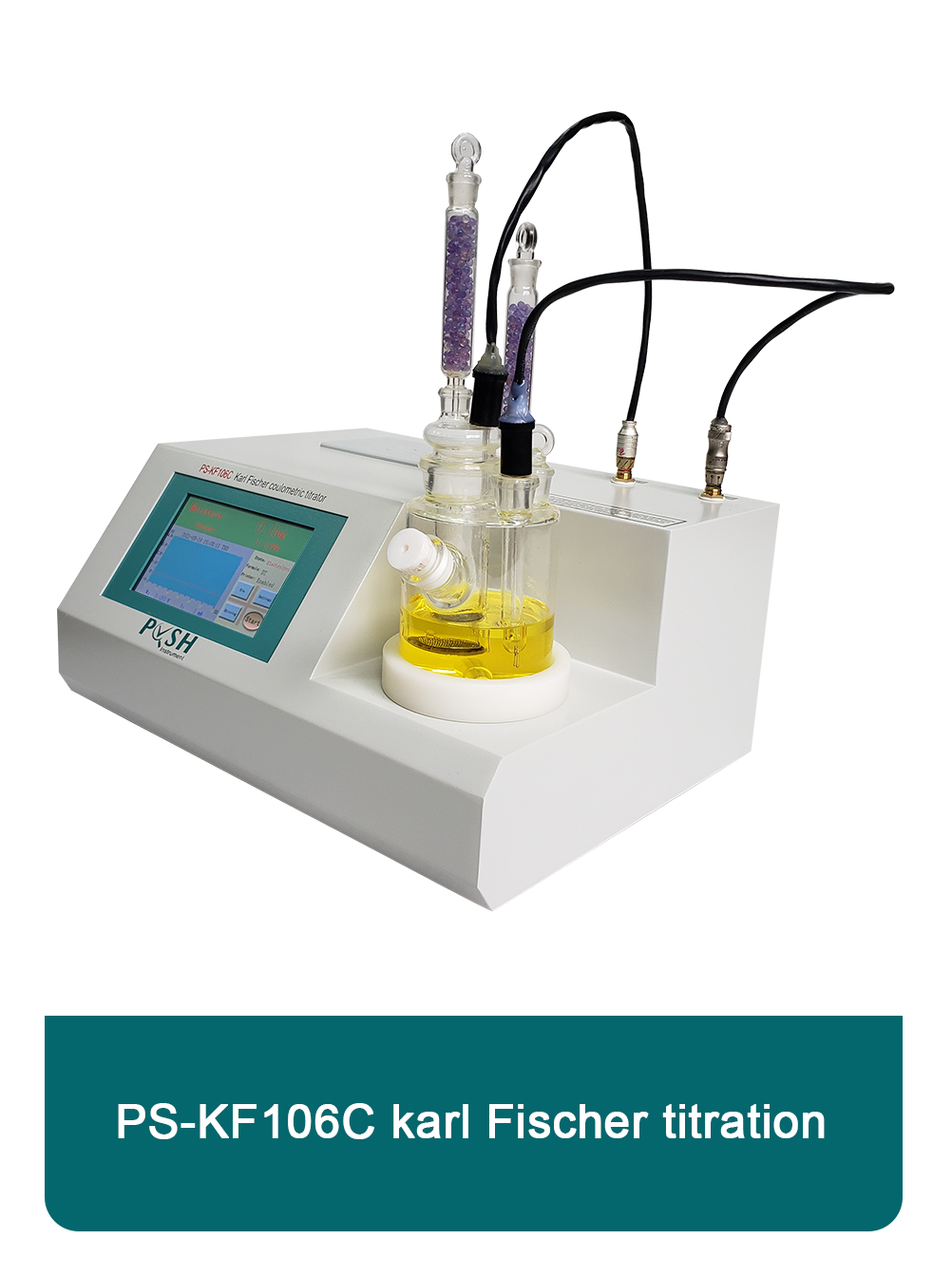TEL:
+86-0312-3189593
 English
English

Telephone:0312-3189593

Email:sales@oil-tester.com

-
 Afrikaans
Afrikaans -
 Albanian
Albanian -
 Amharic
Amharic -
 Arabic
Arabic -
 Armenian
Armenian -
 Azerbaijani
Azerbaijani -
 Basque
Basque -
 Belarusian
Belarusian -
 Bengali
Bengali -
 Bosnian
Bosnian -
 Bulgarian
Bulgarian -
 Catalan
Catalan -
 Cebuano
Cebuano -
 China
China -
 China (Taiwan)
China (Taiwan) -
 Corsican
Corsican -
 Croatian
Croatian -
 Czech
Czech -
 Danish
Danish -
 Dutch
Dutch -
 English
English -
 Esperanto
Esperanto -
 Estonian
Estonian -
 Finnish
Finnish -
 French
French -
 Frisian
Frisian -
 Galician
Galician -
 Georgian
Georgian -
 German
German -
 Greek
Greek -
 Gujarati
Gujarati -
 Haitian Creole
Haitian Creole -
 hausa
hausa -
 hawaiian
hawaiian -
 Hebrew
Hebrew -
 Hindi
Hindi -
 Miao
Miao -
 Hungarian
Hungarian -
 Icelandic
Icelandic -
 igbo
igbo -
 Indonesian
Indonesian -
 irish
irish -
 Italian
Italian -
 Japanese
Japanese -
 Javanese
Javanese -
 Kannada
Kannada -
 kazakh
kazakh -
 Khmer
Khmer -
 Rwandese
Rwandese -
 Korean
Korean -
 Kurdish
Kurdish -
 Kyrgyz
Kyrgyz -
 Lao
Lao -
 Latin
Latin -
 Latvian
Latvian -
 Lithuanian
Lithuanian -
 Luxembourgish
Luxembourgish -
 Macedonian
Macedonian -
 Malgashi
Malgashi -
 Malay
Malay -
 Malayalam
Malayalam -
 Maltese
Maltese -
 Maori
Maori -
 Marathi
Marathi -
 Mongolian
Mongolian -
 Myanmar
Myanmar -
 Nepali
Nepali -
 Norwegian
Norwegian -
 Norwegian
Norwegian -
 Occitan
Occitan -
 Pashto
Pashto -
 Persian
Persian -
 Polish
Polish -
 Portuguese
Portuguese -
 Punjabi
Punjabi -
 Romanian
Romanian -
 Russian
Russian -
 Samoan
Samoan -
 Scottish Gaelic
Scottish Gaelic -
 Serbian
Serbian -
 Sesotho
Sesotho -
 Shona
Shona -
 Sindhi
Sindhi -
 Sinhala
Sinhala -
 Slovak
Slovak -
 Slovenian
Slovenian -
 Somali
Somali -
 Spanish
Spanish -
 Sundanese
Sundanese -
 Swahili
Swahili -
 Swedish
Swedish -
 Tagalog
Tagalog -
 Tajik
Tajik -
 Tamil
Tamil -
 Tatar
Tatar -
 Telugu
Telugu -
 Thai
Thai -
 Turkish
Turkish -
 Turkmen
Turkmen -
 Ukrainian
Ukrainian -
 Urdu
Urdu -
 Uighur
Uighur -
 Uzbek
Uzbek -
 Vietnamese
Vietnamese -
 Welsh
Welsh -
 Bantu
Bantu -
 Yiddish
Yiddish -
 Yoruba
Yoruba -
 Zulu
Zulu
Μαρ . 07, 2025 00:45
Back to list
tan delta test of transformer pdf
The tan delta test of transformers stands as a cornerstone evaluation method within the power engineering sector, providing crucial insights into the integrity and performance of transformer insulation systems. As a seasoned transformer engineer, my hands-on experience underscores the significance of this test in prolonging the operational lifespan of transformers and safeguarding the efficiency and reliability of electrical power systems.
In advocating for best practices, I stress the adoption of a comprehensive transformer health assessment program that integrates tan delta testing with other diagnostic tools like oil analysis and partial discharge monitoring. Such a multi-faceted strategy bolsters the reliability of transformers, an outcome corroborated by industry white papers and peer-reviewed studies. Trustworthiness in transformer testing arises from adherence to international standards like IEEE C57.12.90 and IEC 60076-1, which prescribe the guidelines for tan delta tests. Compliance with these standards not only enhances the credibility of test results but also aligns operational practices with global benchmarks. Furthermore, collaboration with accredited laboratories equipped with cutting-edge testing apparatus fortifies the authenticity of diagnostic outcomes, as evidenced in numerous field validations. The importance of digital documentation cannot be overstated, particularly in the realm of transformer testing. Transitioning from traditional paper-based reports to digitally archived PDFs improves data accessibility and supports a seamless review process. Such practices find favor in audits and facilitate peer evaluations, contributing to an organization's technical prowess. In summation, the tan delta test of transformers emerges as an indispensable diagnostic tool bridging the gap between routine maintenance and predictive analytics. Its potential to detect early insulation issues fosters an environment of proactive asset management, crucial in today's energy-reliant society. Engaging with the latest advancements and adhering to exemplary operational standards, the power engineering community can continue to ensure transformers operate at peak performance, heralding a new age of electrical reliability and sustainability.


In advocating for best practices, I stress the adoption of a comprehensive transformer health assessment program that integrates tan delta testing with other diagnostic tools like oil analysis and partial discharge monitoring. Such a multi-faceted strategy bolsters the reliability of transformers, an outcome corroborated by industry white papers and peer-reviewed studies. Trustworthiness in transformer testing arises from adherence to international standards like IEEE C57.12.90 and IEC 60076-1, which prescribe the guidelines for tan delta tests. Compliance with these standards not only enhances the credibility of test results but also aligns operational practices with global benchmarks. Furthermore, collaboration with accredited laboratories equipped with cutting-edge testing apparatus fortifies the authenticity of diagnostic outcomes, as evidenced in numerous field validations. The importance of digital documentation cannot be overstated, particularly in the realm of transformer testing. Transitioning from traditional paper-based reports to digitally archived PDFs improves data accessibility and supports a seamless review process. Such practices find favor in audits and facilitate peer evaluations, contributing to an organization's technical prowess. In summation, the tan delta test of transformers emerges as an indispensable diagnostic tool bridging the gap between routine maintenance and predictive analytics. Its potential to detect early insulation issues fosters an environment of proactive asset management, crucial in today's energy-reliant society. Engaging with the latest advancements and adhering to exemplary operational standards, the power engineering community can continue to ensure transformers operate at peak performance, heralding a new age of electrical reliability and sustainability.
Previous:
Latest news
-
Testing Equipment Industry Sees Major Advancements in 2025: Smart & Precision Technologies Lead the WayNewsJun.06,2025
-
Applications of Direct Current Generators in Renewable Energy SystemsNewsJun.05,2025
-
Hipot Tester Calibration and Accuracy GuidelinesNewsJun.05,2025
-
Digital Circuit Breaker Analyzer Features and BenefitsNewsJun.05,2025
-
Benefits of Real-Time Power Quality Monitoring Devices for Industrial EfficiencyNewsJun.05,2025
-
Earth Fault Loop Testing in High-Rise Building Electrical SystemsNewsJun.05,2025



